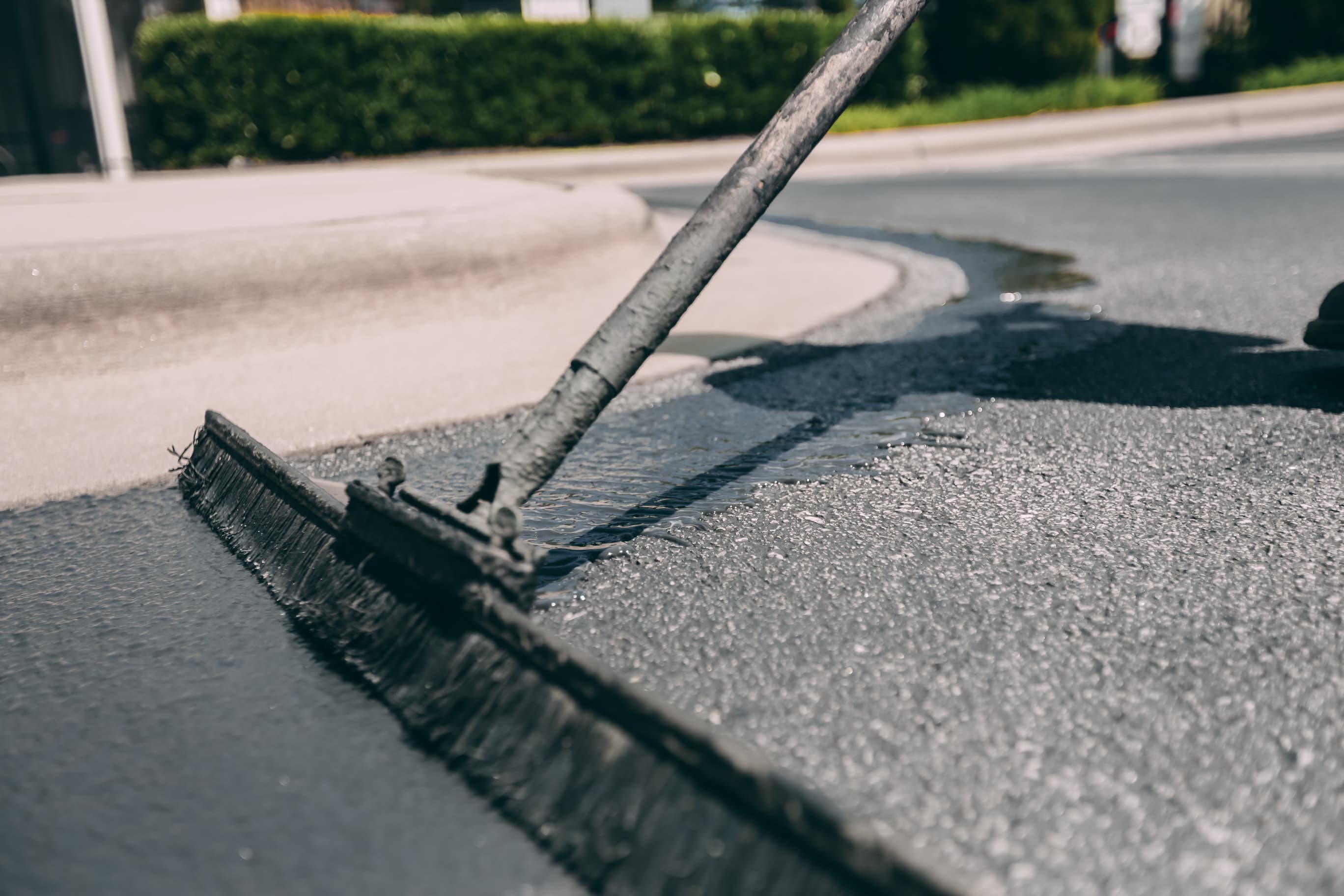Efficient Asphalt Repair: Cold Mix Sealing Techniques Unveiled
Efficient Asphalt Repair: Cold Mix Sealing Techniques Unveiled
Blog Article
Cold Mix Asphalt Vs. Hot Mix Asphalt: Which Is Right for You?

Structure Differences
Cold mix asphalt is produced by emulsifying the asphalt binder with water and an emulsifying representative before mixing it with accumulation. The warm mix asphalt production procedure involves warming the accumulation and asphalt binder separately prior to incorporating them at the asphalt plant.
Furthermore, chilly mix asphalt has a tendency to be much less thick and more flexible than hot mix asphalt. This flexibility makes it far better fit for areas with greater degrees of motion, such as driveways or roads with hefty web traffic. On the other hand, hot mix asphalt is known for its high longevity and resistance to rutting and breaking, making it a preferred option for freeways and high-traffic roads where durability is critical.
Installation Process Variations
The process of setting up cool mix and warm mix asphalt shows significant differences in their treatments and needs. In contrast, warm mix asphalt requires a much more intricate installation process. Due to the heating demands, warm mix asphalt installments are normally brought out by specialists with customized devices, making sure a much more irreversible and structurally sound result.
Longevity and Long Life Factors
When thinking about asphalt options, resilience and long life are critical variables to examine for long lasting sidewalk performance,. Warm mix asphalt (HMA) is known for its phenomenal toughness and long life. The heats throughout the mixing and laying procedure allow for far better compaction, causing a denser and stronger sidewalk structure. This brings about HMA being a lot more resistant to rush hour lots, harsh weather problems, and the effects old compared to cold mix asphalt (CMA)
In regards to durability, HMA typically surpasses CMA as a result of its exceptional stamina and resistance buildings. HMA sidewalks have a longer life span, calling for much less constant repair services and maintenance, which can translate to set you back financial savings in the long run. In addition, HMA pavements are extra conveniently personalized to fulfill certain task needs, additionally improving their sturdiness.
Price Considerations
Thinking about the economic implications is an essential aspect when evaluating the selection in between warm mix asphalt (HMA) and cold mix asphalt (CMA) for sidewalk projects. While the preliminary expense of warm mix asphalt is normally greater than that of cool mix asphalt, browse this site HMA usually gives a more cost-efficient solution in the lengthy run due to its remarkable longevity and durability.
In enhancement to product prices, it's vital to take into consideration the expenses linked with installment and maintenance when comparing HMA and CMA. Eventually, the choice in between HMA and CMA ought to take into account not simply the initial price but likewise the long-term economic ramifications to establish the most economical option for the specific pavement project.
Environmental Impact Comparison
Comparison of the ecological influences between hot mix asphalt (HMA) and cool mix asphalt (CMA) discloses distinct distinctions in sustainability methods. HMA production requires high temperature levels, causing boosted energy intake and greenhouse gas emissions. The procedure additionally releases volatile organic substances (VOCs) and dangerous air pollutants (HAPs) right into the atmosphere. On the other hand, CMA is generated and applied at reduced temperature levels, lowering power use and exhausts considerably. The lower production temperature levels of CMA result More about the author in reduced gas intake and lower degrees of carbon dioxide discharges, making it a much more eco-friendly alternative.
Furthermore, the usage of CMA usually involves reusing existing asphalt sidewalk, promoting source conservation and minimizing the amount of waste sent out to landfills. By opting for CMA over HMA, roadway building and construction projects can add positively to ecological preservation initiatives.
Verdict
To conclude, the option between chilly mix asphalt (CMA) and hot mix asphalt (HMA) relies on various elements such as structure, installation process, toughness, long life, price, and environmental effect. cold mix asphalt. While CMA uses a cost-efficient and quick service for small repairs, HMA ensures exceptional toughness and durability for rush hour locations. Consider these elements carefully to determine which sort of asphalt is the ideal choice for your paving requires

Taking into consideration the monetary implications is an important facet when examining the option in between warm mix asphalt (HMA) and cool mix asphalt (CMA) Discover More Here for sidewalk tasks. While the preliminary expense of hot mix asphalt is usually higher than that of cool mix asphalt, HMA often provides a more economical option in the long run due to its exceptional durability and long life. asphalt repair.Comparison of the ecological impacts in between hot mix asphalt (HMA) and chilly mix asphalt (CMA) discloses unique differences in sustainability techniques.In final thought, the choice between chilly mix asphalt (CMA) and warm mix asphalt (HMA) depends on numerous variables such as composition, setup procedure, sturdiness, longevity, price, and environmental influence
Report this page